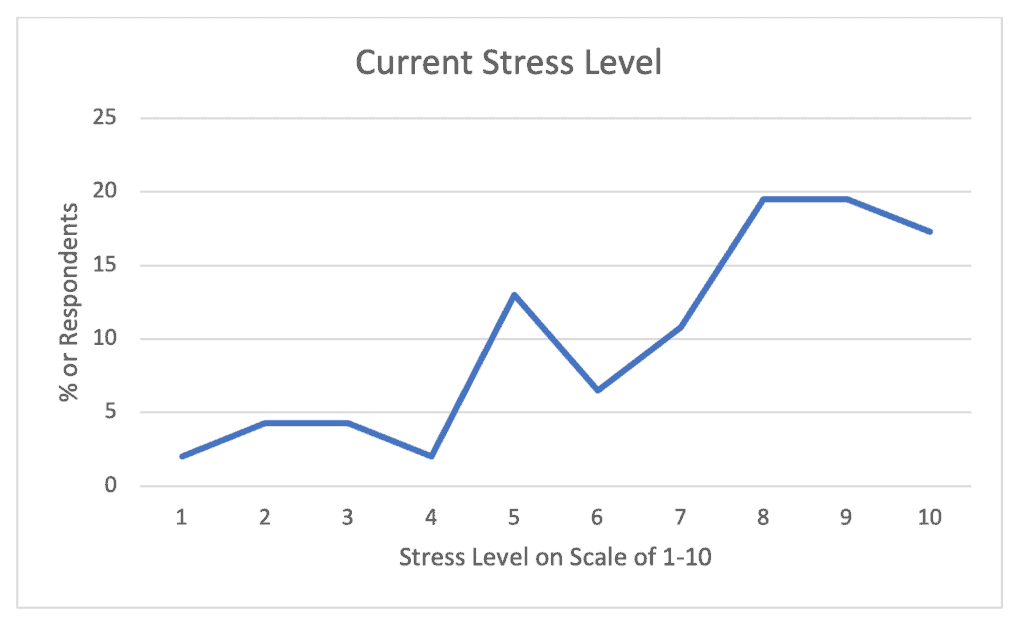How to Move Your Team Forward After a Crisis
Tips for Moving Forward, Post-Crisis
This has been a year like no other. Our clients in the UK are still in strict lockdown. Our higher education colleagues are working feverishly to reopen campuses. Many organizations are doing the hard work to put diversity, equity, and inclusion values into practice.
Almost every one of our clients has onboarded new staff in a completely remote environment. And one thing seems inevitable… Nearly everyone has experienced changes in how work gets done, and many are working under a high degree of stress. In fact, we asked one workgroup of roughly 70 employees to rate their stress levels on a scale of 1-10.
- 74% of respondents indicate a five or higher stress level.
- 50%+ of the employees said that their stress level was an eight, nine, or 10.
Think about that, the majority of your workforce may be struggling, from your entry-level staff to the C-suite.

Yet, we see signs of hope and enormous resilience too. From our vantage point, most employees have remained fully committed and proud of their contributions. A crisis can make or break a leader, and most often, we have seen leaders step up. So, what comes next? How will you stabilize your team and find your new normal?
Tips for Managing Post-crisis:
1. Tell People What’s Different. Many teams we have worked with are calling for more structure and clarity. Downsizing, reorganizing, or putting a freeze on hiring creates instability. If roles, projects, or business processes have changed, dedicate time to recalibrate, identify what has changed, and over-communicate the new plan.
2. Check in with Employees. Asking what you need and how I can help is often all it takes. Soft skills matter and link to business results. If your managers struggle to connect with employees, get them training or reconsider their role within the organization.
3. Don’t Delay your Employee Engagement Survey. This is precisely the time to learn critical data on how teams are functioning. Be alert to parts of the organization that are struggling and offer targeted support to get them back on track.
4. Reconnect. After a year of isolation, people are missing authentic communication and connection. Whether you will remain 100% remote, hybrid, or will have staff return to the worksite, team building is still a priority. Impactful team building can happen virtually with the right content and facilitation to ensure it is fun, engaging, and substantive.
We are grateful for you, our steadfast partners, and look forward to our continued work together.
Sara
Sara Regan
President, Strengths NOW, Inc.